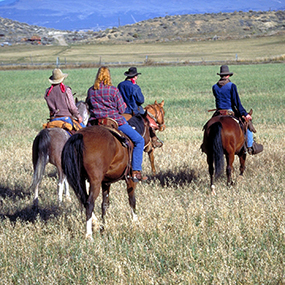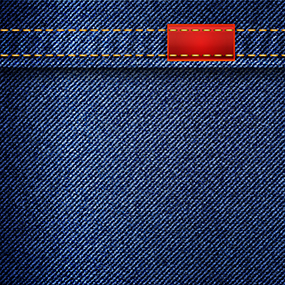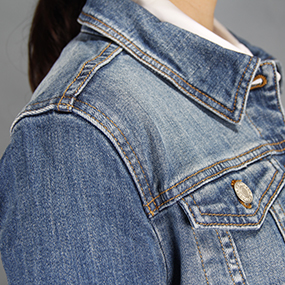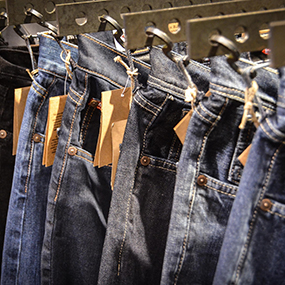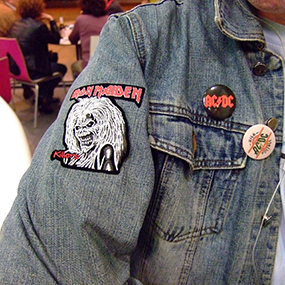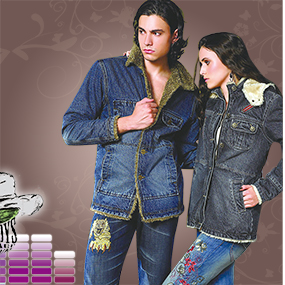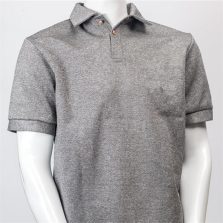Description
Levi Strauss, a Jewish businessman in the United States, made the first Levi’s jeans to be a tough and durable work suit for coal miners. Originally, he used a rough canvas material that was used to make tents at that time. Since then, denim has become increasingly popular, while its performance requirements have also increased. Although cotton is undoubtedly the most important material in the denim market, it’s common to use a series of blended fabrics, such as cotton/polyester blended fabric or cotton and other fibers, such as Tencel, linen, and even jute or wool woven together to meet the higher demands of consumers. In order to develop more robust, soft, and comfortable jeans, Levi’s has combined a little UHMWPE fiber blended with other fibers to increase durability and resistance to wear and tear.
How can UHMWPE fibers change the performance of denim?
1) High flexibility and low density make denim fabric ultra-light and comfortable.
2) Anti-UV performance and high color fastness, up to 4~5 level, prevent denim from fading.
3) The extremely high strength of the combined fibers makes denim more wear-resistant and tear-resistant.
4) Excellent flexibility prevents denim from deforming after repeated washing and prevents abrasions in high-use areas such as the knees.

